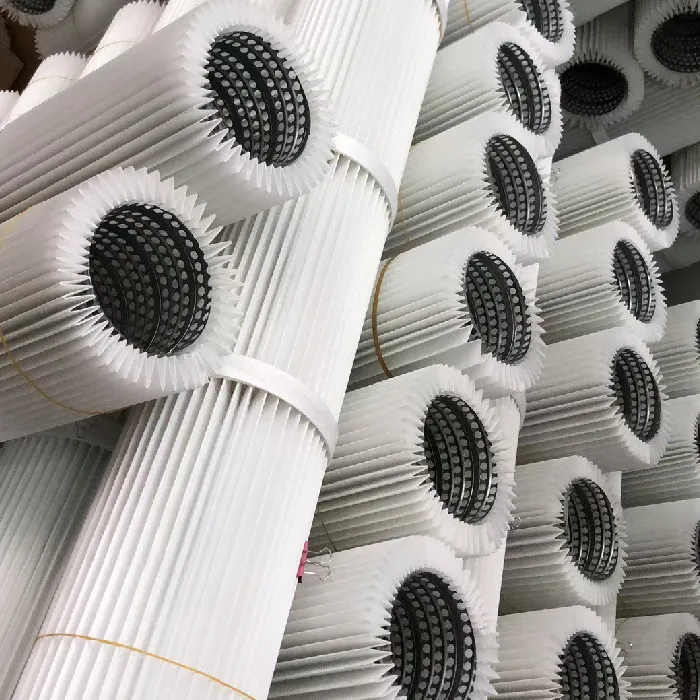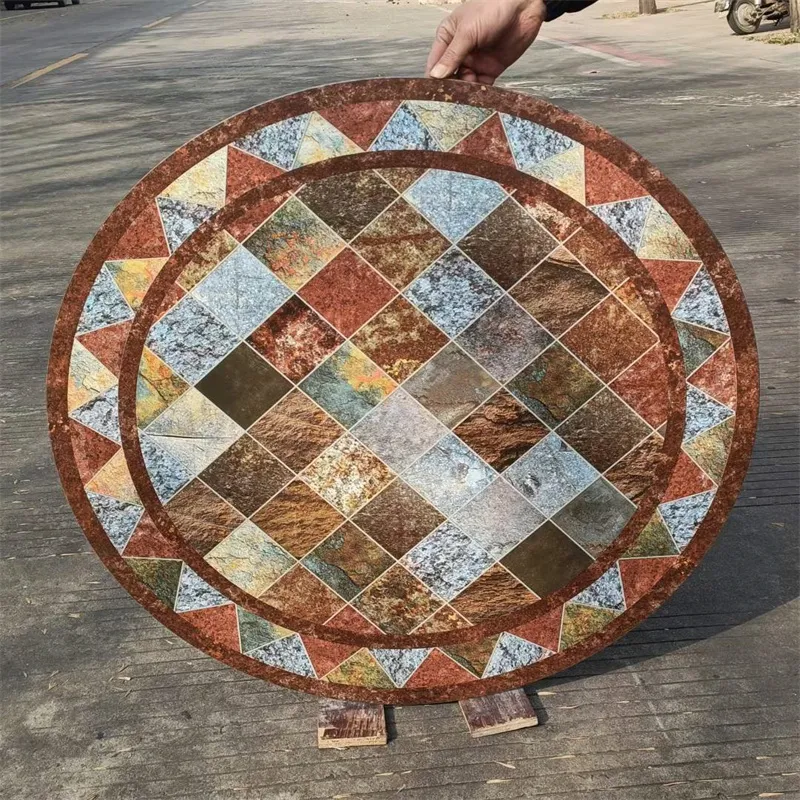Oct . 08, 2024 09:13 Back to list
High-Strength Tempered Clear Glass for Enhanced Durability and Safety
Tempered Clear Glass Strength and Versatility in Modern Design
Tempered clear glass, also known as toughened glass, is a remarkable material renowned for its strength, safety, and aesthetic appeal. It undergoes a rigorous manufacturing process that significantly enhances its durability compared to regular glass. This article explores the characteristics, applications, and benefits of tempered clear glass, highlighting its pivotal role in contemporary architecture and interior design.
The process of tempering involves heating the glass to a temperature exceeding 600 degrees Celsius and then rapidly cooling it. This thermal treatment creates internal stresses that increase the glass's resistance to impact and thermal shock. As a result, tempered clear glass is about five to seven times stronger than its non-tempered counterparts. When broken, it shatters into small, blunt pieces, reducing the risk of injury, making it an ideal choice for safety-critical applications.
One of the most common uses of tempered clear glass is in building facades
. Its strength allows for large, uninterrupted panels, providing architects with the freedom to create stunning, modern structures while ensuring safety and reliability. Additionally, tempered glass is utilized in doorways, skylights, and windows, allowing natural light to flood interiors while maintaining visibility and style.tempered clear glass

In interior design, tempered clear glass has gained popularity for a multitude of applications. From shower enclosures to glass railings, its sleek and modern appearance adds elegance to any space. It is also extensively used in furniture design, such as glass tables and shelving units, where the aesthetic appeal of transparency blends with the solid presence of metal or wood, creating a harmonious balance.
Another significant advantage of tempered clear glass is its versatility. It can be fabricated in various shapes and sizes, tailored to meet specific design needs. Furthermore, it can be coated or tinted for added privacy and energy efficiency without sacrificing style. This adaptability makes it suitable for both residential and commercial projects.
In terms of maintenance, tempered clear glass is relatively easy to clean and requires minimal upkeep, making it a practical choice for busy households and commercial spaces alike. Its resistance to scratches and chemicals ensures that it retains its clarity and aesthetic appeal over time.
In conclusion, tempered clear glass stands out as an exceptional material that combines strength, safety, and style. Its applications across various fields from architecture to interior design reveal its versatility and importance in modern construction. As designers and architects continue to explore innovative ways to integrate this robust material, tempered clear glass will undoubtedly remain a preferred choice for those seeking to enhance both the functionality and beauty of their spaces.
-
What is the Difference Between Float Glass and Normal Glass?
NewsMay.30,2025
-
Differences Between Float Glass, Tempered Glass and Laminated Glass
NewsMay.29,2025
-
The Wonders of Ultra Clear Glass: Perfect Clarity for Every Application
NewsMay.16,2025
-
The Benefits of Wired Glass: Durable, Stylish, and Safety-First
NewsMay.16,2025
-
The Beauty of Pattern Glass
NewsMay.16,2025
-
Tempered Glass for Sale
NewsMay.16,2025
Related PRODUCTS














